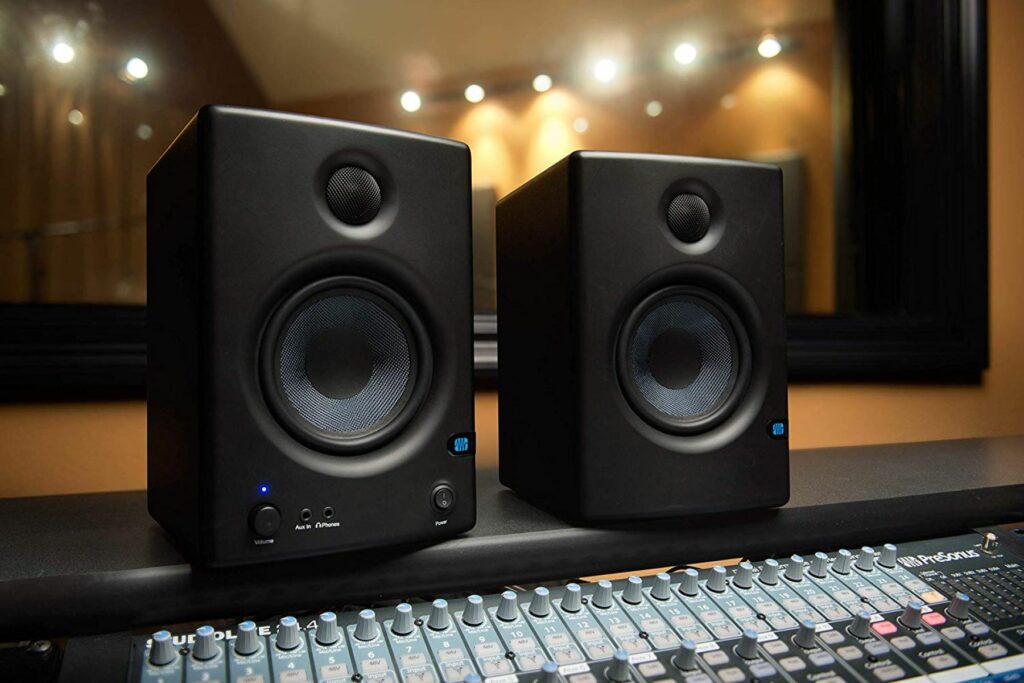10 Monitor Mixing Tips for a Great Live Sound – Score Music Tech
- Take special care in the orientation of your monitors. Wedge type monitors are not normally designed to be at the feet of the musician. Note where the treble motor is located and where it is pointing, as well as its coverage angle. Ideally, aim for the head of the person who has to listen to that monitor. Also, check that there are no obstacles between the monitor and the musician.
- Listen to the monitors before you start. It is convenient to check the monitors with music that we know and have a reference of how they sound in the space where we are. We can also analyze your frequency response with pink noise to detect possible problem frequency zones and correct the monitor’s response with equalization.
- Check the bass. Powerful PA systems are often accompanied by a substantial subwoofer boost. If we haven’t made any subwoofer arrangements to clear the stage of these frequencies, our artists probably won’t need the monitors to reproduce too much information in the lower end of the spectrum, as they will have enough with what the PA pulls onto the stage. Maybe we can put high pass filters (HPF) up to approximately 100Hz, and with less amount of low frequencies the mix will be heard better.
- Filter and port everything you need. Apply high pass filters to all channels that need it to eliminate unnecessary frequencies. Apply noise gates in the channels that you consider necessary to clean (percussion, especially). All the unnecessary information that you stop sending to your monitor mix will add cleanliness and clarity.
- Always check that the shipments are correctly assigned. There can always be blunders and crossed cables. It is essential to check that everything is in order and in perfect working order before starting.
- To avoid feedback, the ideal is that our monitors point to the area of least pickup of the microphones that are close.
- If you work with in-ears, insert a limiter in the shipment. We do not want to make any artist deaf. It is advisable to be extremely careful with in-ear systems, because if we send too much signal to someone we can cause problems. It is highly recommended to place a limiter in the master of our shipment to have a security filter in case something unforeseen happens.
- Beware of compressors. It may seem like a good idea to apply compressions to our monitor shipments, but many times this can give us more problems than benefits. Remember that by applying a compressor we are reducing the dynamic range and raising the background noise, and therefore we are reducing the level of gain we have before reaching the feedback.
- If you can choose, work in stereo. Whether you work with wedge type monitors or if you are using in ears, if you have the choice, it’s best to work in stereo. You spend twice as many auxiliaries but it will be much easier to get a clear and defined mix, playing with the panorama. In the event that you choose to work with stereo sends, configure them that way on your console.
- Take a walk around the stage and listen. Although when we work as monitor technicians it is usual to have one or two wedges to monitor what we are doing, it is convenient to listen to what the musicians hear through their monitors in their positions. That is, how the monitors sound with all the noise around them. What we hear on one side of the stage is not going to be the same as what a guitarist hears, for example, who has his amplifier behind him and has the drums a metre away.








